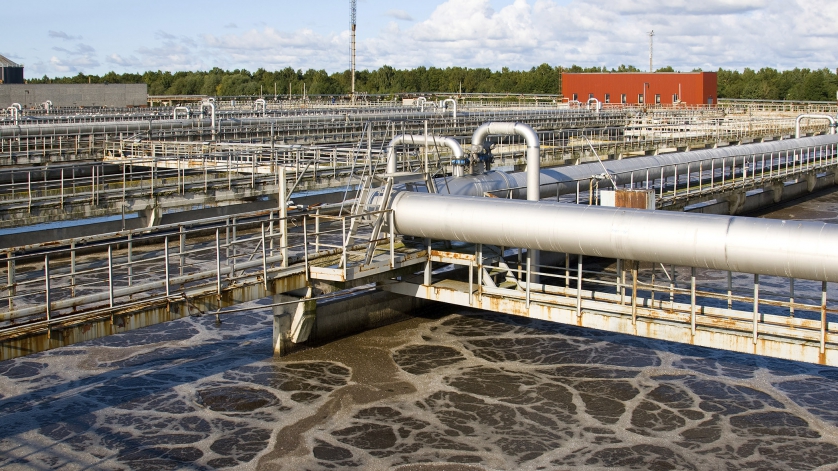
An old adage holds that “oil and water don’t mix,” and that maxim is certainly applicable to today’s sophisticated oil-exploration and pumping operations. Groundwater can interfere significantly with the productivity of a well-drilling operation, which ultimately adds dollars to the bottom line.
Odd as it may seem, pressure transmitters play a critical part of ensuring smooth operations, especially in the storage of wastewater for remediation or disposal. The key element of ensuring the seamless reliability of the operations is having the right level transmitters in place.
Water, Water Everywhere
Groundwater is a constant in oil and gas exploration and production, even in semi-arid locales. A well bore penetrating thousands of feet into the ground is ultimately going to encounter water. If the water is not removed from the ground quickly enough, it can lead to reduced production rates. Any such slowdown will translate into delayed supplies for the pipelines that radiate out from the site of a well, reducing the supply of raw crude oil for refining and delaying deliveries to customers.. Fortunately, the people who work in oil-rich places, such as Western North Dakota or Northern Alaska, know a thing or two about how to prevent this from happening. In situations where groundwater has slowed production, they use one of two methods to remove the groundwater: wellhead blow down and plunger lift systems.
These water extraction methods are especially useful for wells that are aging or declining in efficiency. The extracted water has a high saline content, plus it frequently contains solid contaminants from oil and gas wellheads, hydraulic fracturing fluid, and naturally occurring underground contaminants, such as barium, strontium, and radium. State and federal regulations prohibit this contaminated water from being released back into the environment, and any release carries strict penalties. Well operators typically retain this water in large fiberglass storage tanks before it can be transported for remediation or disposal. Safe storage requires having reliable information on flow rates and tank levels to prevent any improper discharge of the contaminated water.
WIKA’s line of rugged pressure transmitters offers a solution to this problem, whether the transmitters are mounted on the wall of the tank or actually submerged in the wastewater itself. The WIKA LS‐10, LH‐10, IL‐10, S‐20 and E‐10 pressure transmitters are designed to resist the corrosive effect of the salts and other chemicals contained in this wastewater.
Other Uses of Pressure Transmitters
Pressure transmitters also play a key role in ensuring the safe operation of the drilling equipment. Monitoring the tubing and casing pressure of the transmitter ensures its stability and integrity. Such monitoring also helps prevent hydraulic fracturing fluids from migrating into water tables or other areas of the earth surrounding the well being drilled. With today’s oil and gas operations working ‘round the clock, 365 days each year, the sensors must be accurate and dependable. These high-quality instruments from WIKA are designed for the necessary accuracy and dependability. Available features of level and pressure transmitters for these applications include:
- Submersible or side-mounted design
- Standard or non-clogging flush diaphragm
- Cable or flying lead wiring
- Conduit or non‐conduit protection
- Vertical or horizontal mounting
- Explosion proof, non-incendive, or intrinsically safe design for hazardous environments
Contact us with questions about how WIKA’s pressure measurement solutions can benefit your upstream drilling and wastewater management systems.

